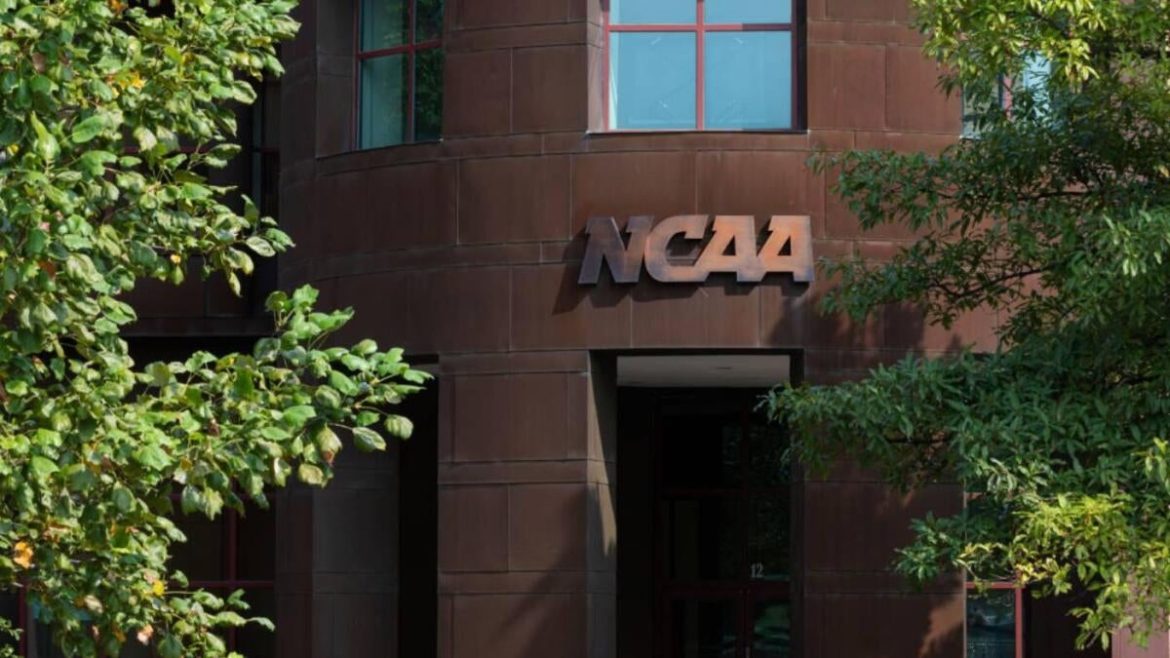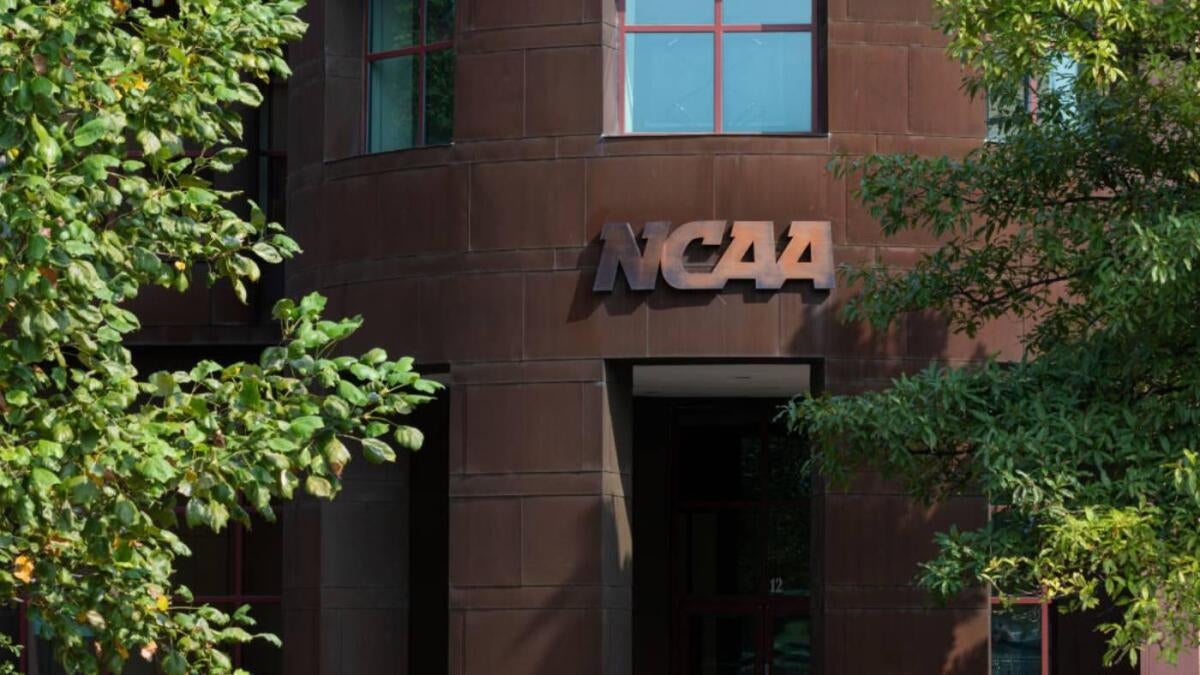The $2.8 Billion House v. NCAA Settlement: Progress, Challenges, and Impact on College Athletics
Introduction: A Game-Changing Settlement in College Sports
The landmark $2.8 billion settlement in the House v. NCAA case marks a pivotal moment in the ongoing transformation of college athletics in the United States. The settlement, designed to compensate current and former athletes for lost Name, Image, and Likeness (NIL) revenue opportunities prior to NCAA rule changes in 2021, promises substantial financial relief and establishes a precedent for athlete revenue-sharing frameworks. However, the process toward final approval and implementation has encountered significant judicial scrutiny, primarily centered on proposed roster limits and their implications for athletes’ eligibility and scholarships. This report analyzes the latest developments, judicial concerns, stakeholder impacts, and the broader implications for the future of amateurism and athlete compensation in college sports.
The Settlement Background and Key Provisions
The House v. NCAA settlement resolves multiple federal antitrust lawsuits filed against the NCAA and major collegiate conferences. The primary allegations contended that NCAA regulations unlawfully suppressed athletes’ ability to monetize their NIL rights, effectively denying them millions in potential earnings. The agreement includes:
– A $2.8 billion payout to eligible past and current athletes, allocated through formulas reflecting players’ sport, level, and participation dates.
– A framework permitting future revenue-sharing mechanisms, potentially reshaping amateurism as it has traditionally existed.
– Modifications to NCAA rules intended to align with legal standards while maintaining competitive balance.
Concerns with Roster Limits: The Judicial Hurdle
Judge Claudia Wilken, presiding over the case in the Northern District of California, has been instrumental in scrutinizing the settlement’s terms. Her principal concern centers on the proposed limits on team roster sizes. The limitations, as currently framed, risk displacing active athletes who hold scholarships and roster spots by capping allowable squad sizes. This could force the removal of walk-ons, reduce scholarship availability, and compromise athlete security and development opportunities.
Specific judicial concerns include:
– The potential for athletes to lose roster spots mid-season or be otherwise unfairly excluded due to the new caps.
– The lack of protections ensuring that athletes presently on rosters do not face unexpected displacement.
– Ambiguities in enforcement and implementation mechanisms that could destabilize team compositions.
In response, the judge has requested attorneys to revise the roster limits provisions and provide an amended system to guarantee that athletes currently rostered retain their positions and scholarships. The parties have been granted deadlines—initially 14 days, later extended—to address these issues adequately.
The Delayed Approval and Legal Back-and-Forth
Despite the settlement’s near-final form, Judge Wilken’s refusal to grant final approval in early May 2025 underscores the complexities involved. The requirements to modify roster rules have led to further negotiations and filings, resulting in an extended timeline for approval. The process reflects:
– The judge’s intention to protect athlete interests beyond monetary compensation, focusing on practical and immediate impacts on collegiate careers.
– The balancing act between equitable athlete compensation and sustainable program management for universities.
– An ongoing pushback from parties concerned that the settlement’s operational details, if not carefully constructed, could undermine its fairness.
This has resulted in delays that, while frustrating to some stakeholders, may ultimately result in a more robust and just settlement.
Implications for Athletes, Universities, and College Sports
Athletes
For thousands of college athletes, the settlement represents a long-awaited opportunity to receive compensation for the commercial value they generate but historically could not access. However, uncertainty remains:
– Some athletes, particularly walk-ons and those on the margins of team rosters, face uncertainty regarding their team status due to roster caps.
– The extended timeline may delay compensation payments, impacting current athletes reliant on income.
– The settlement’s precedent paves the way for broader, ongoing revenue-sharing models that could reshape athlete financial relationships in the future.
Universities and Athletic Departments
Universities face a complex set of challenges and adjustments, including:
– Reassessing their sports programs to comply with new roster limits while attempting to maintain competitive viability.
– Managing scholarship allocations carefully, in light of the grandfathering clauses designed to protect current aided athletes.
– Navigating recruiting strategies within an evolving legal and financial framework that changes the traditional amateur-athlete dynamic.
Wider Impact on College Sports
The settlement signals a fundamental shift in college athletics governance and economics:
– It challenges the historic concept of strict amateurism by institutionalizing athlete compensation.
– It prompts reconsiderations of fairness, equity, and sustainability across all levels of collegiate sports.
– Legal scrutiny highlights the need for transparent, enforceable rules that protect both athlete welfare and institutional interests.
Conclusion: Toward a More Equitable Future in College Athletics
The $2.8 billion House v. NCAA settlement embodies a watershed moment, offering restitution for decades of constrained athlete earnings and signaling a new era where collegiate athletes are recognized for their market value. Although the settlement’s approval process faces delays and judicial demands—particularly relating to roster limits and athlete protections—the ongoing dialogue ensures that the final agreement will better safeguard athlete opportunities and program integrity. As the college sports landscape evolves, stakeholders must remain engaged to navigate the complexities ahead, striking a balance between fairness, financial viability, and the enduring spirit of competitive athletics. The resolution of this settlement will resonate far beyond the courtroom, redefining the relationships between athletes, institutions, and the industry itself.





